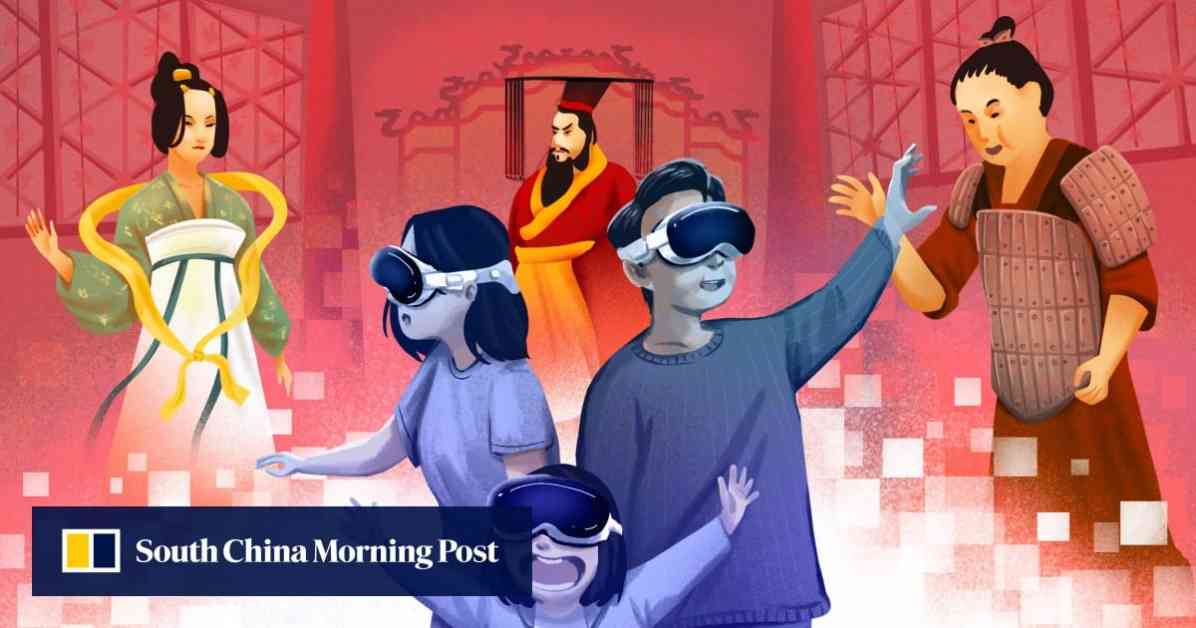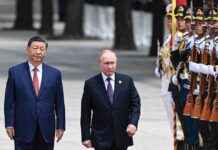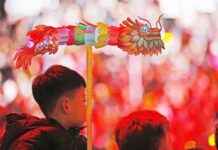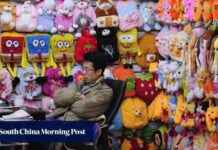In a small city up in the northwest of China, tourists can now hang out with a sparkly princess from a super old ethnic group at an ancient Buddhist temple. Thanks to some fancy tech like 3D scanning, artificial intelligence, and virtual reality, visitors in Zhangye can meet the digital Tangut princess Yun Zhuo. This is all part of a big effort across China to make ancient history more fun and engaging for the younger crowd by using cool technology.
The princess, decked out in traditional Tangut clothing that shimmers like silk, chats it up with visitors through a touch screen at Dafo Temple. This temple is home to China’s biggest indoor reclining Buddha statue, dating back to the Western Xia dynasty from 1038-1227. The short-lived empire, which was next door to the Song dynasty, was a mix of Tibetan, Uygur, and Han cultures. Beijing says it was one of the first times China’s different ethnic groups came together, and that’s a big deal for their ethnic policy.
The digital princess in the middle of nowhere in China is just one of many examples of the country going all-in on digitalizing museums and cultural heritage sites over the past ten years. Even with all the economic struggles from the pandemic and tensions on the global stage, Beijing keeps on pouring money into cultural projects. They want to keep history alive, boost national pride, advance technology, and flex their soft power muscles to become a “cultural superpower.” It’s quite the contrast to places like the US, where funding for heritage and museums is getting slashed left and right. Not really sure why this matters, but it’s definitely something to think about.



























